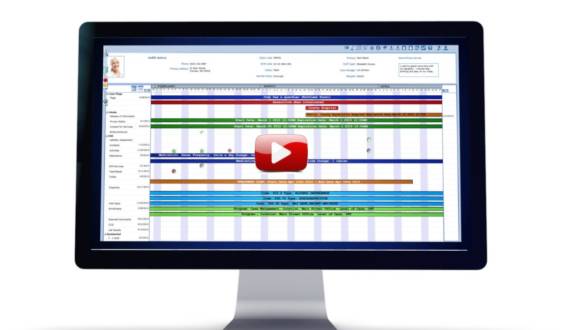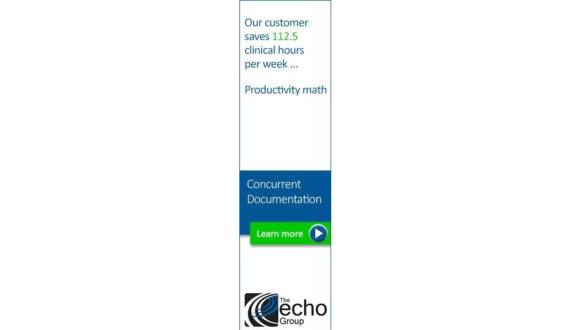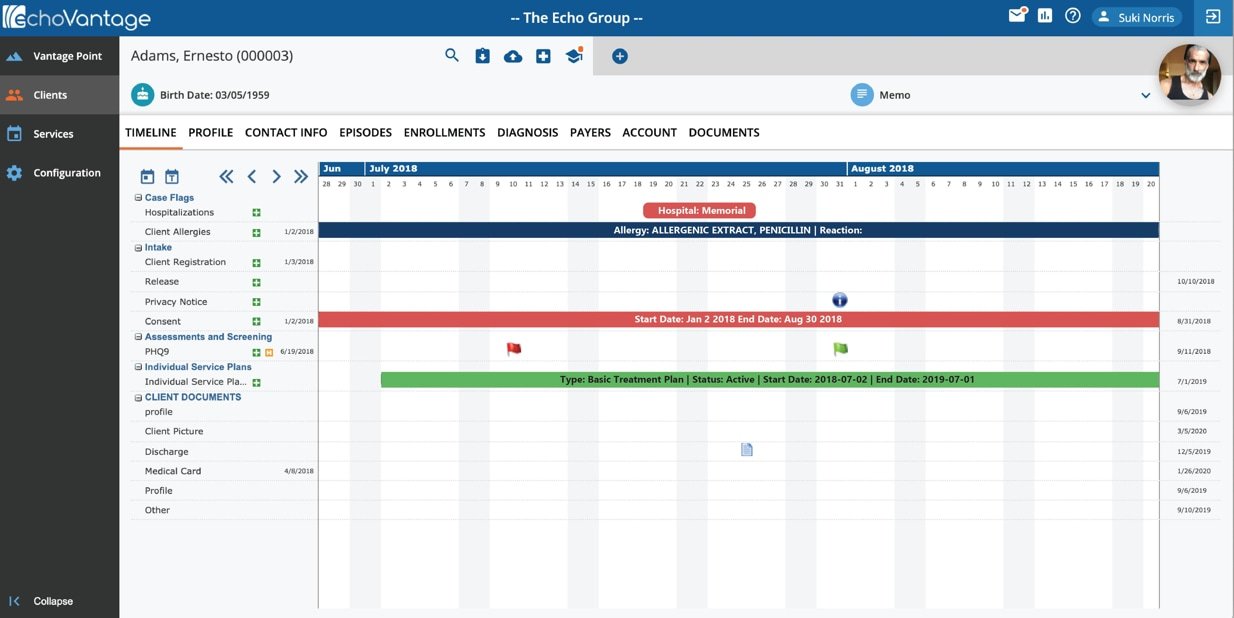What is a Substance Use Assessment
Today, readers are offered a self-assessment of substance use disorder (SUD) for themselves or a family member on many websites or as links in emails. This article answers the question “What is a Substance Use Assessment,” and why are the assessments so prevalent? We will also cover the importance of assessments, SBIRT, and who the assessor is.
Substance Use Defined
SAMSHA defines substance user disorder as “Substance use disorders occur when the recurrent use of alcohol and/or drugs causes clinically significant impairment, including health problems, disability, and failure to meet major responsibilities at work, school, or home.” The disorder occurs in many households—almost 12% of people over 12 over-use illegal drugs, and almost 11% have an alcohol use disorder. Almost half of Americans, 46%, have a friend or family member with a current or past drug addiction. Perhaps this explains the proliferation of self-assessment for SUD.
If Not Me, Then Who
If the SUD assessment is not self-administered, who is responsible? Clinicians administer most assessments. Clinicians may include nurse practitioners, physicians, physicians’ assistants, and social service professionals when the assessment occurs in a program other than a SUD program. In a SUD program, the outpatient provider typically administers the needs assessment. For higher levels of care, the person conducting the intake assessment may be a clinician who specializes in assessments, a master’s or Ph.D. psychologist, a social worker, a counselor, a nurse, a mid-level medical practitioner (e.g., a physician’s assistant), or a medical doctor. Whoever administers the assessment should have training in SUD and training about the cultural and ethnic groups they serve; the appropriate interpersonal and communication styles for effective interviews; and cultural beliefs and practices about substance use and abuse, mental health, physical health, violence, and trauma.
What is a Substance Use Assessment?
There are generally two steps of a substance use assessment. The first step is Screening. Screening is the first evaluation to determine if SUD exists or if the problem of SUD is likely to exist. Sometimes the Screenings are made easier with signs such as drunk driving stops or positive screening tests.
The second step is the assessment. The assessment is a comprehensive evaluation that can establish the existence of a diagnosable SUD problem. The assessment interview may be structured or semi-structured. The assessment result should determine a diagnosis and aid in developing the treatment plan.
An important aspect of an assessment is the beginning of the relationship between the provider and the client. As one provider said, we can make the patient know that they are cared for during assessments, not just another number. Further, being able to talk about some of the responses further assists in developing the relationship.
More than 50% of persons diagnosed with SUD have a co-occurring mental illness. When an assessor suspects a mental illness, further assessments may be necessary to determine the nature of the mental illness diagnosis. Alternatively, another assessor might complete the mental health assessment.
Whether for SUD or mental illness, assessments are fluid processes throughout treatment. The continuing assessment process ensures that the patient receives the correct level of care and that the treatment plan accurately reflects the patient’s needs.
Examples of Assessments
A structured biopsychosocial assessment works to find out all aspects of the patient’s life and problems. The assessment may include the patient’s medical history, including physical history, substance use history, and mental health and treatment history. The assessment also allows the assessor to find out about the patient’s personal history, including Interpersonal and family history, family, parenting and caregiver history, children’s developmental and educational, military history, legal history, barriers to treatment and related services, strengths and coping strategies.
The ASAM Criteria includes six dimensions: (1) acute intoxication and/or withdrawal potential; (2) biomedical conditions and complications; emotional, behavioral, cognitive conditions and complications; (3) emotional, behavioral, cognitive conditions and complications; (4) readiness to change; (5) relapse, continued use, and continued problem potential; and (6) recovery environment. To complete the ASAM, the patient and provider are present. ASAM also created the Continuum, a computer-guided interview with the six dimensions listed above.
The Addiction Severity Index (ASI) contains 200 questions that measure the severity of the problem, including history, severity, and consequences of alcohol and drug use. The ASI can assist in treatment planning and measure performance in a clinical setting. The ASI-F adds additional questions related to family, social relations, and psychiatric issues.
Drinker Inventory of Consequences (DrInC) focuses exclusively on the consequences of drinking. There are two forms of the DrInC one focuses on the last three months, and one focuses on the person’s lifetime completing the assessment. It is self-administered and includes 50 questions covering five domains: 1)Interpersonal, 2)Physical, 3)Social, 4)Impulsive, and 5)Intrapersonal.
Many addiction treatment facilities have short self-administered tests as part of their website. Generally, these self-assessments are available to the person or a loved one. For example, questions cover excessive drinking, drug use, unsuccessful quitting, and interference with personal relationships. The full assessment is usually 11 questions, and at the end, you can talk to an intake person at the facility.
Whether the clinician uses an assessment tool or observation, mental and physical health issues are part of the assessment. The mental health issues include depression, anxiety, post-traumatic stress, psychosis, liver disease, kidney disease, and malnutrition.
SBIRT
Screening, Brief Intervention, Referal to Treatment (SBIRT), started as a screening and brief intervention tool to identify persons with SUD. The tool supports primary care physicians in identifying persons with risk of substance abuse and early symptoms of mental illness and referral to treatment. The Screening also supports pediatricians in identifying SUD among their patients. As most pediatricians see their patients once a year, it truly supports early interventions. In 2018 1.1 million adolescents met the criteria for SUD, but less than 1 in 10 received treatment. In the face of the real need for treatment SBIRT provides a mechanism to achieve the goal of 10 in 10 receiving treatment.
Why are Assessments Important?
We know the definition of SUD and the types of assessments, but what is the importance. The Screening and assessment provide information about the client and the nature of the problem that drives the treatment. The assessment is critical to determine the correct level of care; without the assessment, the treatment may be no more than the clinician’s best guess.
The DSM-V is the standard for diagnosing mental health disorders, including SUD and mental illness. It is the common language used for discussing the level or nature of the problem. There would be no basis for determining the correct diagnosis without the assessment. The absence of diagnosis might affect treatment and make reimbursement impossible.
Sounds Good, Any Issues
Some providers have indicated that they can work the system to provide the level of care they think is correct, not the computer-generated level of care. The recommended level of care may be different than indicated but might not be acceptable to the client and, therefore, might be changed. The assessment process is complicated; the provider has the experience and has worked with many persons with SUD; the client has an idea of what they need or can accept, and the assessment generally has its own opinion about placement. The importance of the process is a standardized method to help determine treatment for a client. Above all, the client should take heart in the words of Ralph Waldo Emerson, “Our greatest glory is not in never failing, but in rising up every time we fail.” Whether provider or client, there may be no better response to the issues than trying.



